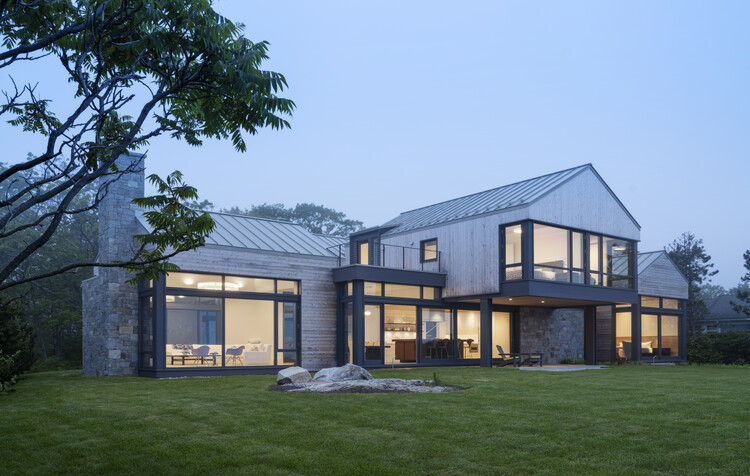
The tools of the trade for architects have evolved dramatically
AlexJones
- 0
- 604
Architects operate at the intersection of art and science, Top Maine architects balancing aesthetics with functionality, and tradition with innovation. They navigate a complex landscape of regulations, codes, and client requirements while pushing the boundaries of creativity. Their designs encapsulate cultural motifs, historical references, and futuristic elements, creating structures that stand as iconic landmarks and cultural symbols.
The impact of architects extends beyond the structures they create. They play a pivotal role in shaping sustainable practices within the construction industry. Embracing eco-friendly materials, energy-efficient designs, and green building techniques, architects champion environmentally conscious approaches that reduce carbon footprints and promote sustainability.
Moreover, architects engage with communities, seeking input from diverse stakeholders to ensure that their designs cater to the specific needs and aspirations of the people they serve. Their ability to listen, understand, and translate these insights into spaces that foster inclusivity and functionality is a testament to their dedication to enhancing the human experience.
The realm of architecture continues to evolve, responding to societal changes, technological advancements, and environmental concerns. Architects of today are challenged to reimagine urban landscapes, create resilient structures capable of withstanding natural disasters, and design spaces that prioritize well-being and mental health.
In essence, architects are the custodians of our built environment, shaping the spaces where we live, work, and play. Their visionary designs not only redefine skylines but also influence how we interact with our surroundings. As we look to the future, architects will continue to be the vanguards of innovation, weaving together creativity, functionality, and sustainability to craft the spaces of tomorrow.

